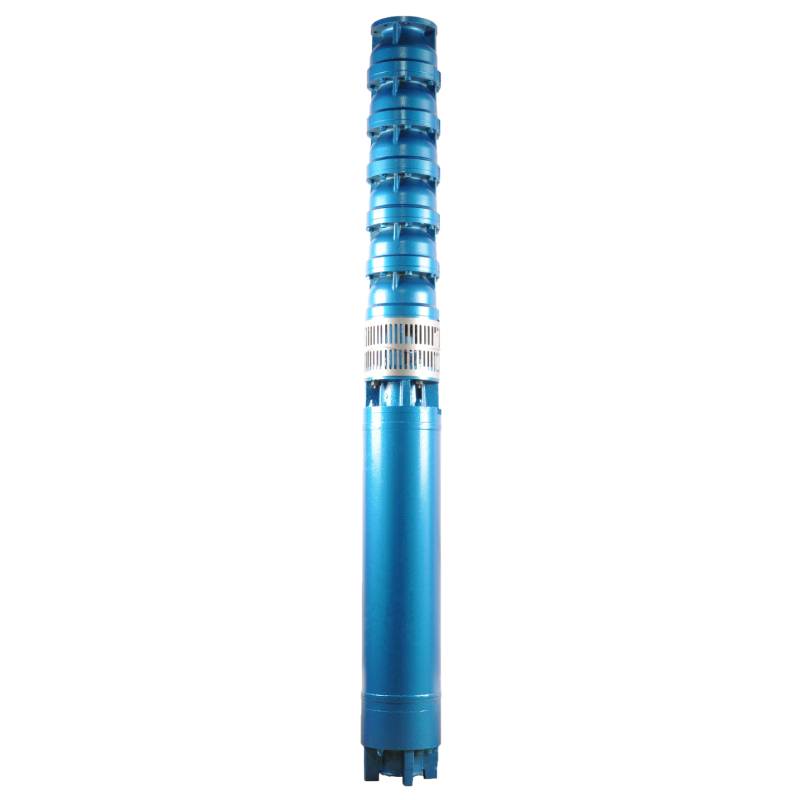Aug . 09, 2024 00:45 Back to list
Exploring the Benefits and Features of Battery Operated Submersible Pumps for Versatile Applications
The Rise of Battery-Powered Submersible Pumps A Sustainable Solution
In recent years, the demand for eco-friendly and efficient solutions in various industries has led to the rise of battery-powered submersible pumps. These innovative devices offer a versatile and sustainable alternative to traditional submersible pumps, which typically rely on electricity from the grid or diesel generators. The transition to battery-powered systems is not just a trend; it marks a significant shift towards sustainability, energy efficiency, and operational flexibility.
What is a Battery-Powered Submersible Pump?
A battery-powered submersible pump is a type of pump that is designed to operate underwater, utilizing a rechargeable battery as its power source. These pumps are submerged in liquids, often water, and are used in a variety of applications, including drainage, irrigation, wastewater management, and even aquaculture. The elimination of cords and dependence on external power sources allows for greater mobility and ease of use in remote and hard-to-reach locations.
Environmental Benefits
One of the most compelling advantages of battery-powered submersible pumps is their positive impact on the environment. Unlike traditional pumps that may emit greenhouse gases or require fossil fuels, battery-operated pumps produce zero emissions during operation. As countries worldwide are striving to meet stricter environmental regulations and tackle climate change, the shift towards battery-powered solutions is a crucial step toward decarbonizing various sectors.
Moreover, these pumps can be powered by renewable energy sources, such as solar or wind, making them even more sustainable. When charged with clean energy, the operational carbon footprint of these pumps can be significantly reduced, aligning with global sustainability goals.
Versatility and Efficiency
battery powered submersible pump

Battery-powered submersible pumps are not only environmentally friendly but also incredibly versatile. Their designs come in various sizes and capacities, making them suitable for different applications, from small-scale gardening projects to large-scale agricultural irrigation systems. Their portability means they can easily be moved from site to site, providing flexibility that is often lacking in traditional pumps.
Efficiency is another key benefit. Many battery-powered models come equipped with smart technology that allows for real-time monitoring of performance metrics, battery levels, and even flow rates. This technology enables users to maximize operational efficiency, ensuring that the pump operates at optimal levels without waste.
Challenges and Innovations
Despite their many advantages, battery-powered submersible pumps do face challenges. Battery life and charging time are often cited as concerns, particularly for applications requiring extended operations. However, ongoing advancements in battery technology, such as the development of lithium-ion batteries, are rapidly addressing these issues by providing longer run times and shorter charging periods.
Moreover, innovations in solar charging solutions have emerged, allowing users to harness solar energy to recharge batteries, further enhancing the sustainability of these pumps. As technology continues to evolve, we can expect even greater advancements in battery efficiency and overall pump performance.
Conclusion
Battery-powered submersible pumps represent a dynamic shift towards sustainable and efficient solutions in various industries. Their environmental benefits, coupled with versatility and smart technology, make them an increasingly valuable tool in addressing water management challenges. As society becomes more environmentally conscious and seeks to reduce its carbon footprint, these innovative pumps are likely to play a pivotal role in shaping the future of fluid management systems. Embracing this technology not only enhances operational efficiency but also contributes significantly to a greener planet, paving the way for a more sustainable future.
-
Submersible Water Pump: The Efficient 'Power Pioneer' of the Underwater World
NewsJul.01,2025
-
Submersible Pond Pump: The Hidden Guardian of Water Landscape Ecology
NewsJul.01,2025
-
Stainless Well Pump: A Reliable and Durable Pumping Main Force
NewsJul.01,2025
-
Stainless Steel Submersible Pump: An Efficient and Versatile Tool for Underwater Operations
NewsJul.01,2025
-
Deep Well Submersible Pump: An Efficient 'Sucker' of Groundwater Sources
NewsJul.01,2025
-
Deep Water Well Pump: An Efficient 'Sucker' of Groundwater Sources
NewsJul.01,2025
-
 Submersible Water Pump: The Efficient 'Power Pioneer' of the Underwater WorldIn the field of hydraulic equipment, the Submersible Water Pump has become the core equipment for underwater operations and water resource transportation due to its unique design and excellent performance.Detail
Submersible Water Pump: The Efficient 'Power Pioneer' of the Underwater WorldIn the field of hydraulic equipment, the Submersible Water Pump has become the core equipment for underwater operations and water resource transportation due to its unique design and excellent performance.Detail -
 Submersible Pond Pump: The Hidden Guardian of Water Landscape EcologyIn courtyard landscapes, ecological ponds, and even small-scale water conservancy projects, there is a silent yet indispensable equipment - the Submersible Pond Pump.Detail
Submersible Pond Pump: The Hidden Guardian of Water Landscape EcologyIn courtyard landscapes, ecological ponds, and even small-scale water conservancy projects, there is a silent yet indispensable equipment - the Submersible Pond Pump.Detail -
 Stainless Well Pump: A Reliable and Durable Pumping Main ForceIn the field of water resource transportation, Stainless Well Pump has become the core equipment for various pumping scenarios with its excellent performance and reliable quality.Detail
Stainless Well Pump: A Reliable and Durable Pumping Main ForceIn the field of water resource transportation, Stainless Well Pump has become the core equipment for various pumping scenarios with its excellent performance and reliable quality.Detail
